I have a time series with extreme events and I tried to get the width of these extreme events using sliding window approach. I used the code:
def moving_window(s, length, step =1):
streams = it.tee(s, length)
return zip(*[it.islice(stream, i, None, step*length) for stream, i in zip(streams, it.count(step=step))])
x_=list(moving_window(s, 15))
x_=np.asarray(x_) #windows
print(x_)
and I have an ouput for the time series:

[[ 0 1 2 3 4 5 6 7 8 9 10 11 12 13 14]
[ 15 16 17 18 19 20 21 22 23 24 25 26 27 28 29]
[ 30 31 32 33 34 35 36 37 38 39 40 41 42 43 44]
[ 45 46 47 48 49 50 51 52 53 54 55 56 57 58 59]
[ 60 61 62 63 64 65 66 67 68 69 70 71 72 73 74]
[ 75 76 77 78 79 80 81 82 83 84 85 86 87 88 89]
[ 90 91 92 93 94 95 96 97 98 99 100 101 102 103 104]
[105 106 107 108 109 110 111 112 113 114 115 116 117 118 119]
[120 121 122 123 124 125 126 127 128 129 130 131 132 133 134]
[135 136 137 138 139 140 141 142 143 144 145 146 147 148 149]
[150 151 152 153 154 155 156 157 158 159 160 161 162 163 164]
[165 166 167 168 169 170 171 172 173 174 175 176 177 178 179]
[180 181 182 183 184 185 186 187 188 189 190 191 192 193 194]]
I want to highlight the sliding windows with a colormap. What I want is something like the following image:

I want to know how to use a colormap to do this (There are 20 time series in the image but consider only one.). Can anyone help?

